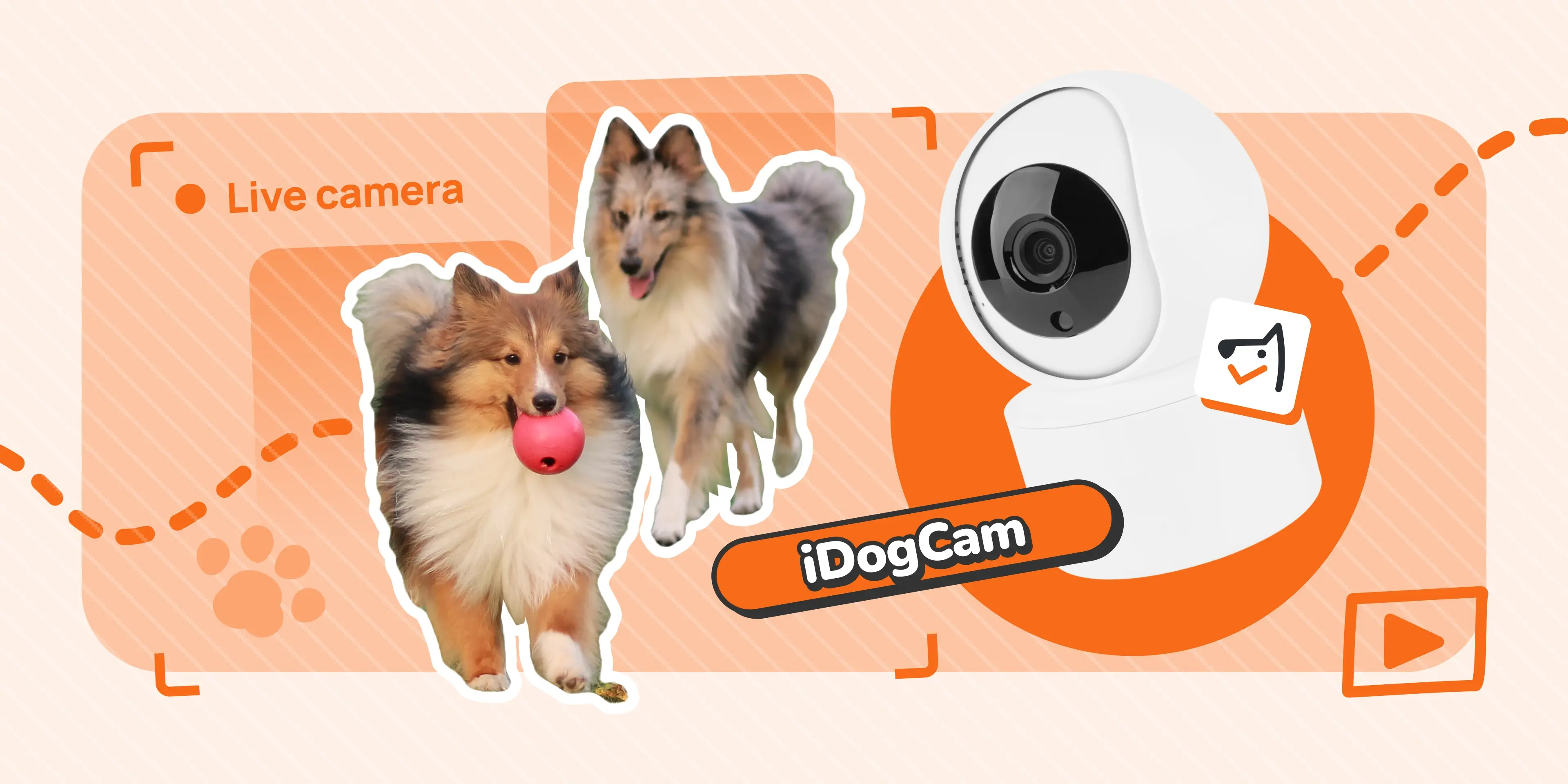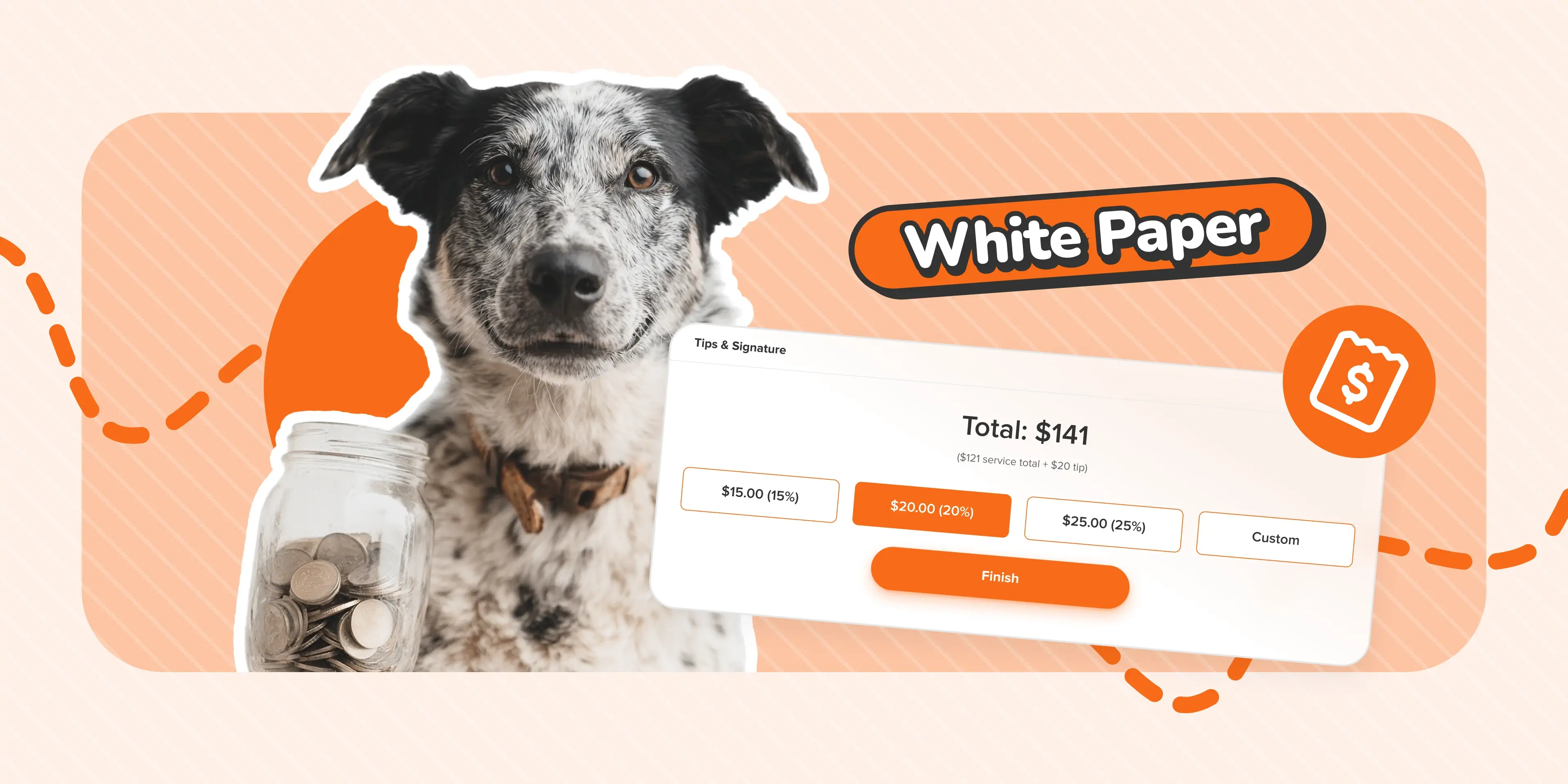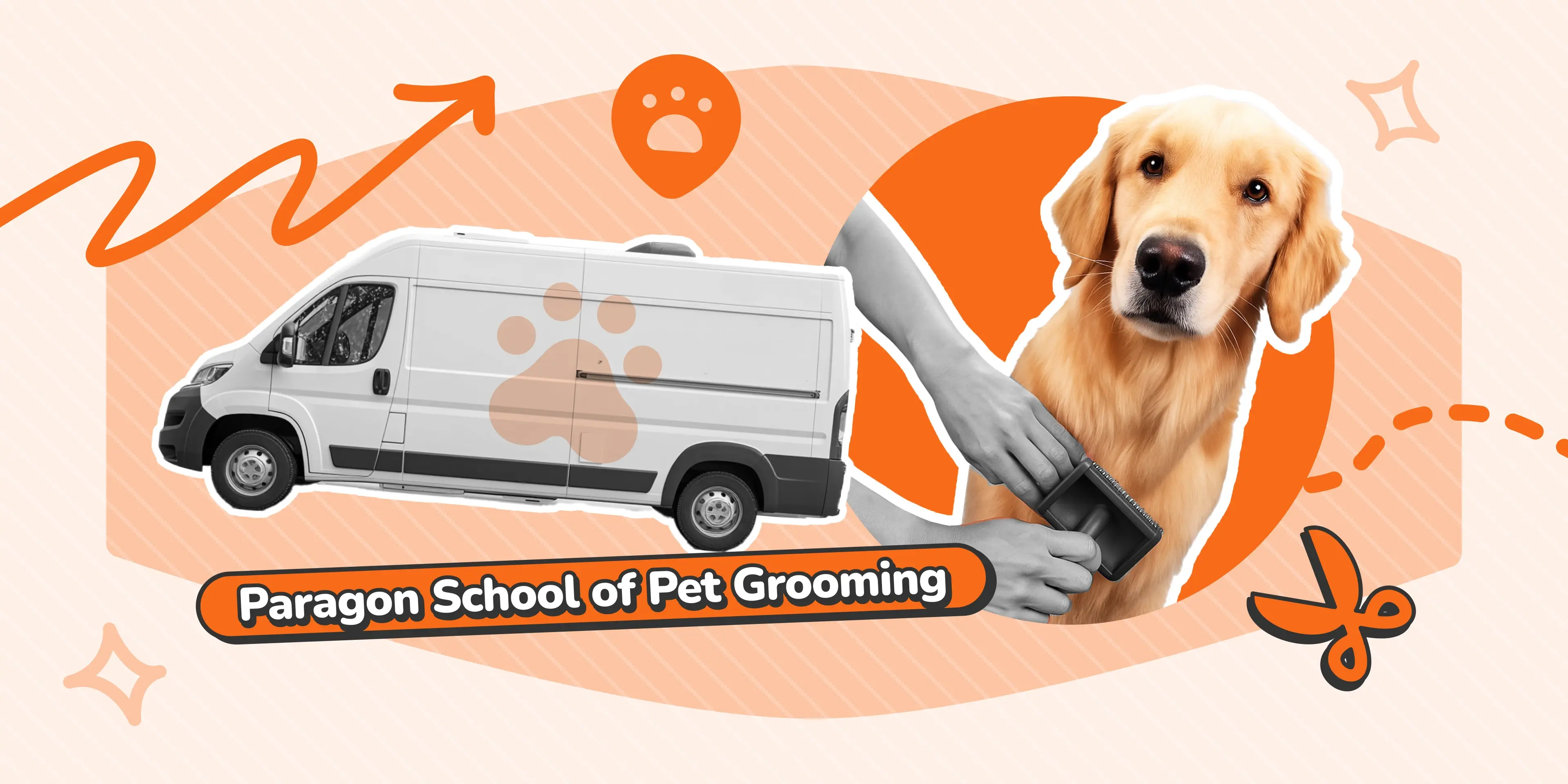Share this
Understanding Canine Anxiety: A Guide for Pet Care Professionals
by MoeGo on May 3, 2024 4:33:21 PM
Dogs, like humans, can experience anxiety. In alignment with Dog Anxiety Awareness Week, we partner with Elyna Walker, an expert in animal behavior with a rich background spanning roles in the Navy, training marine mammals, and managing animal care facilities, to bring much-needed attention to the emotional well-being of your furry clients.
Understanding the Canine Mind: A Closer Look at Dog Anxiety
Dog anxiety is a complex and multifaceted issue that can manifest in various forms, from separation anxiety to noise phobias. Recognizing the signs of anxiety in dogs is crucial for pet groomers and business owners, as early detection can lead to timely interventions and improved well-being for our four-legged friends.
Common Triggers
Several factors can trigger anxiety in dogs, and being aware of these triggers is essential for pet care professionals who are working with dogs on a daily basis. Common triggers include:
- loud noises such as the dryer, thunderstorms, or fireworks
- separation from their owners
- unfamiliar environments
- changes in routine
- past traumatic experiences
Recognizing these triggers can help create a more comfortable and stress-free environment for dogs in your care.

Tips on Creating a Safe Space for Anxious Dogs
Establish a Calm Environment
Create a soothing atmosphere in your grooming salon or pet business by playing calming music, using pheromone diffusers, and minimizing loud noises.
Gradual Introductions
Introduce anxious dogs to grooming equipment and procedures gradually. Allow them to sniff and explore the tools before using them, and always approach them with patience and reassurance.
Positive Reinforcement
Use positive reinforcement techniques such as treats, praise, and gentle touch to reward calm behavior during grooming sessions. This helps create a positive association with the grooming experience.
Consistency and Routine
Stick to a consistent grooming routine to provide dogs with a sense of predictability and security. Inform pet parents about the importance of maintaining a consistent grooming schedule at home.
Consider Specialized Training
Invest in animal behavior courses or training that focus on handling anxious dogs. Learning techniques such as desensitization and counterconditioning can greatly benefit your interactions with nervous pets.
Communicate with Pet Owners
Establish open communication with pet owners to understand their dog's specific anxiety triggers, behavioral history, and any strategies that have been successful in the past. This collaboration ensures a holistic approach to managing the dog's anxiety.
Seek Professional Help
If you encounter severe cases of anxiety or behavioral issues beyond your expertise, don't hesitate to refer pet parents to qualified veterinarians or certified animal behaviorists for further assessment and guidance.

As pet care professionals, our priority is the well-being of the animals in our care. By understanding and addressing canine anxiety, we create a more compassionate and supportive environment for our furry clients. Let's continue to educate ourselves, collaborate with pet owners, and promote awareness to ensure that every dog feels safe, loved, and valued.

How Hound HQ Doubled Client Base with Transparency as Growth Engine

The State of Tipping in Pet Care 2025: Data, Policy, and Strategies for Maximizing Team Income

A Paragon x MoeGo Guide: Master Your Mobile Grooming Schedule
Share this
- November 2025 (2)
- October 2025 (3)
- September 2025 (2)
- August 2025 (11)
- July 2025 (11)
- June 2025 (1)
- May 2025 (7)
- April 2025 (13)
- March 2025 (6)
- February 2025 (4)
- January 2025 (8)
- December 2024 (6)
- November 2024 (6)
- October 2024 (3)
- September 2024 (1)
- August 2024 (2)
- July 2024 (1)
- May 2024 (2)
- April 2024 (1)
- March 2024 (3)
- February 2024 (3)
- January 2024 (2)
- December 2023 (6)
- November 2023 (7)
- October 2023 (7)
- September 2023 (8)
- August 2023 (7)
- July 2023 (3)
- June 2023 (2)
- May 2023 (4)
- April 2023 (2)
- March 2023 (9)
- February 2023 (1)
- January 2023 (1)
- December 2022 (1)
- November 2022 (5)
- October 2022 (1)

